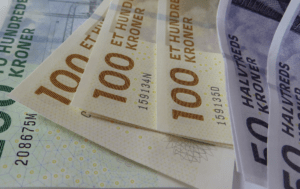News
New report: Wealth disparity in Denmark continues to grow
This article is more than 9 years old.
The richest 10 percent of the population owns two-thirds of the wealth

Analyst: difference between rich and poor and between countryside and city is simply getting bigger (photo: Flikr/Howard Lake)
Wealth disparity in Denmark continues to grow, according to a new study by the labour movement policy organisation Arbejderbevægelsens Erhvervsråd (AE).
The analysis is made possible by new methods being used by the national statistics office Danmarks Statistik, which allow a comparison that also includes pension savings and the market value of property. In the past, comparisons of economic inequality have been based on income statistics.
Bigger slice of the pie
“We can unfortunately see that, just as inequality in income has risen, so too has inequality in wealth. The richest get an ever bigger slice of the pie,” Jonas Juul, the chief analyst at AE, who is behind the report, told DR.
The wealthiest 1 percent of the population has an average net worth of 14.6 million kroner per person, while the average for the rest of society is 631,000 kroner. Juul explained that wealth disparity has increased significantly since 2006.
“The richest 10 percent of the population possesses an ever greater proportion of the combined net wealth in Denmark. Excluding pension savings, they control more than two-thirds of the combined wealth. Just ten years ago they only owned half,” he told DR.
Also geographical inequality
The report also draws attention to a geographical disparity in wealth.
“If you take the geographical angle, you can see that, especially in the areas around Copenhagen, with rising property prices, there is a trend of rising wealth, while wealth is falling in outlying areas because property prices continue to fall,” he said.
“So the difference between rich and poor and between the countryside and city is simply getting bigger in Denmark during these years,” he said.










































